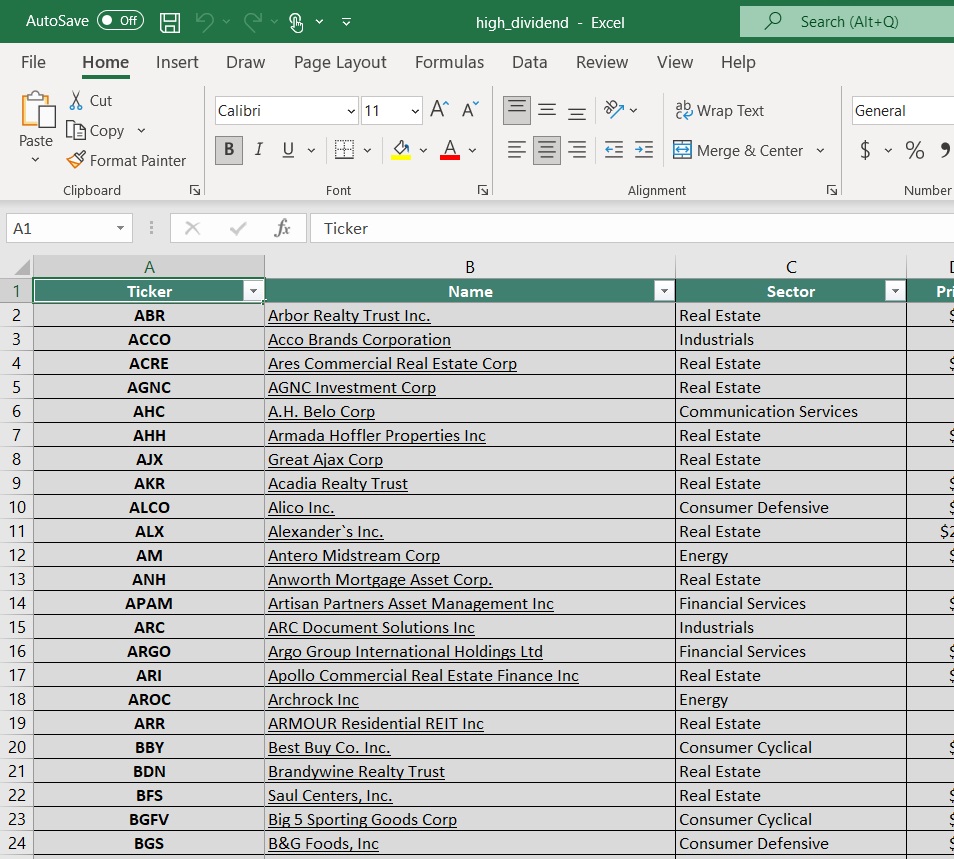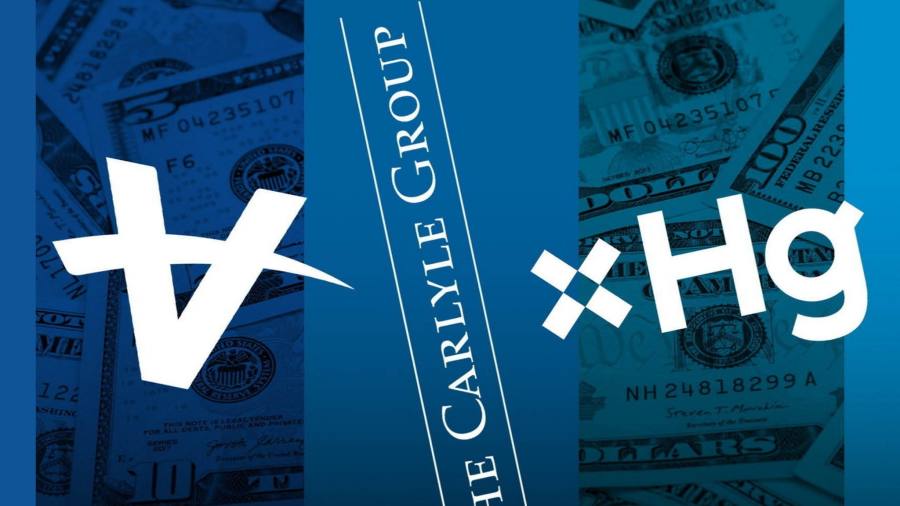The Economics of the Stock Market. 2022. Andrew Smithers. Oxford University Press.
Judging by the behavior of the stock market, we are living in challenging times for mainstream finance. Under the hypothesis that markets are efficient and investors are rational, neoclassical theory assumes away the problem of financial bubbles and the linkages between equity returns and the rest of the macro variables. After a decade of unconventional monetary policies, massive fiscal deficits, and the return of inflation, however, equity market behavior in recent years has been nothing short of perplexing, leaving most practitioners struggling to understand the vagaries of stock markets. Today, the workhorse neoclassical model requires a thorough review of its assumptions (and conclusions). Now, more than ever, we urgently need a comprehensive alternative.
Andrew Smithers attempts to fill in this gap with his latest book, The Economics of the Stock Market, which offers an alternative theory of how stock markets work. The book builds on a small and obscure tradition of growth models, pioneered by Nicholas Kaldor more than 50 years ago, which dealt with distributional issues in a Harrod–Domar-type framework. One of these iterations showed that in a closed economy with two sectors (households and firms) and no government activity, equity valuation multiples are determined solely by macroeconomic variables — crucially, by the equilibrium between aggregate savings and aggregate investment. Kaldor’s framework was quite novel in that stock market valuations integrated seamlessly into the macroeconomy and were responsible for balancing saving and investment, in contrast to the Keynesian and neoclassical traditions in which the equilibrium process works through quantities (unemployment rate) and prices, respectively.
Although Kaldor never intended his model to be a framework for understanding stock markets, Smithers draws on this setup to articulate a theoretical alternative. Smithers is also very “Kaldorian” in the way he constructs his framework, for two reasons. First, he is primarily interested in the long-run behavior of the system, or steady-state solutions. Second, he relies on several “stylized facts” about stock markets to inform his assumptions. In particular, four variables have historically been mean-reverting to a constant, and any model should take these into consideration:
- Equity returns in real terms
- The shares of profits (after depreciation) and labor in total output
- The ratio of interest payments to profits
- The ratio of the value of fixed capital to output (a Leontief-type production function)
The first stylized fact has particular relevance to the mechanics of the overall model. For Smithers, equity returns (in real terms) are mean-reverting and tend toward a constant in the long run, at about 6.7% per annum. According to the author, this long-run constant results from capital owners’ risk aversion rather than from the marginal productivity of capital or from households’ consumption decisions. As we shall see, this dynamic has profound implications for determining returns in other asset classes.

This novelty is not the only one in Smithers’s framework. His model varies from the neoclassical framework in at least three other ways. First, at the heart of Smithers’s proposal is the firm as a separate entity from households. This distinction is important because firms behave significantly differently from households. For firms, decisions on investment, dividend policy, share issuance, and leverage are made by managers whose motivation (keeping their jobs) differs substantially from that of the neoclassical utility-maximizing consumer. In Smithers’s framework, firms do not seek to maximize profits, because if they did, they would vary their investments with the cost of capital — as in investment models based on the Q ratio. Casual empirical observation appears to confirm this point — as Smithers explains, “Rises in the stock market would be constrained by a growing flood of new issues as share prices rise and their falls would be limited by their absence in weak markets. Smaller fluctuations in the stock market would seem naturally to follow.”
In this respect, any model should also consider the contrasting behavior of listed and unlisted companies. According to Smithers, one consequence of more companies being listed is that the corporate sector as a whole becomes less responsive to the cost of equity (Q models). This dynamic occurs because when it comes to investment decisions, management teams’ behavior is constrained by the possibility of a hostile takeover and job loss. In other words, “managements are concerned with the price of their companies’ shares, rather than the overall level of the stock market.” One macroeconomic implication of the absence of a link between valuations and investment is that the stock market plays an important role in economic growth, by preventing fluctuations in the cost of capital from affecting the level of investment — and ultimately output.
Second, the returns among asset classes are derived in an independent fashion and are not codetermined. In Smithers’s framework, a firm’s balance sheet is assumed to consist of short-term debt (which can be thought of as very liquid instruments), long-term bonds, and equity. These instruments’ returns are derived independently, and their influences on the system work through different mechanisms. Savings and investment are equated by movements in the short-term interest rate. Corporate leverage is balanced with the preferences of the owners of financial assets through variations in bond yields. Finally, as explained earlier, equity returns are stationary. Consequently, the difference in returns among asset classes — that is, the equity risk premium — is not mean reverting, it has not historically had a stable average, and its level cannot provide any information about future returns for either equities or bonds. For Smithers, the equity risk premium is a residual and bears little relationship to the role it plays in mainstream finance.
Finally, for Smithers the cost of capital varies with leverage at the macroeconomic level. This conclusion diametrically opposes the 1958 Miller–Modigliani Theorem (M&M), which states that the value of a firm is independent of its capital structure. According to M&M, a firm’s risk increases with its financial leverage, so the required return on equity increases with it, leaving the overall cost of capital unchanged because debt is cheaper than equity. As explained earlier, Smithers argues that long-run equity returns have been stationary, but at the same time US corporate leverage has increased dramatically in the post-World War II period. Such a change in the aggregate capital structure should have affected the cost of equity capital, but it has not.

Readers will discover other important and interesting insights throughout the book. For instance, Smithers posits a relationship between the average life of an economy’s stock of capital and the yield curve. Because the stock of capital’s average life has been around 20 years (firms’ investments are usually shorter than housing or public-sector infrastructure), corporations have an incentive to borrow for that period (or shorter) in order to reduce “risks arising from fluctuations in profits and inflation but have no incentive to pay more for longer debt. The yield curve is thus steep from one to ten years’ duration, then flattens and is flat beyond twenty years.”
The scope of The Economics of the Stock Market is ambitious and its tone quite provocative; both practitioners and academics will find this book relevant and stimulating. Some minor aspects could have been improved, however.
First, the writing style is occasionally too concise, providing little background — especially for financial practitioners who are less familiar with macroeconomics and growth theory. Readers might more easily understand the model’s fundamental assumptions if the entire apparatus had been mathematically formalized. In particular, a stock-flow modeling approach, which accurately tracks all of the economy’s stocks and flows, would have allowed for a systematic exploration of the dynamics and nature of the system’s long-term solutions. Relatedly, many chapters leave the reader wondering how certain aspects (e.g., inventories, trade credit) fit into Smithers’s overall framework and why they are relevant. More references to other theoretical approaches would have been helpful. Although Smithers devotes Chapter 30 to comparing his own framework with other approaches, the reader would benefit from a more detailed discussion of each approach’s strengths and weaknesses.
Second, the evidence Smithers provides to back up his assumptions seems insufficient in some cases. For example, his claim that stock returns (in real terms) converge across countries in the long run is based more on theoretical principles (“[t]he intended real return on net worth for companies and shareholders will be the same worldwide for two reasons: arbitrage and our common humanity,” than on empirical data. Several countries (notably, the United Kingdom, the United States, and the Nordics) have outperformed their peers during the last century.

Finally, although the book is mainly concerned with steady-state situations in which the adjustment process is complete, Smithers sometimes seems to draw conclusions about short-run behavior from these equilibrium positions. For instance, in several passages he discusses the implications of a change in households’ portfolio behavior in the short run but using long-term outcomes (that equity returns are stationary in the long term).
These minor quibbles nonetheless should not deter readers from benefiting from the book’s novel approach. Policymakers, academics, and practitioners will all find useful insights as well as a fresh perspective on the relationship between the macroeconomy and stock markets. Again, there could not be a better time for embracing an alternative approach.
If you liked this post, don’t forget to subscribe to the Enterprising Investor.
All posts are the opinion of the author(s). As such, they should not be construed as investment advice, nor do the opinions expressed necessarily reflect the views of CFA Institute or the author’s employer.
Professional Learning for CFA Institute Members
CFA Institute members are empowered to self-determine and self-report professional learning (PL) credits earned, including content on Enterprising Investor. Members can record credits easily using their online PL tracker.














